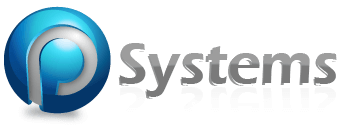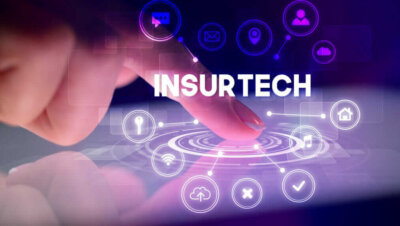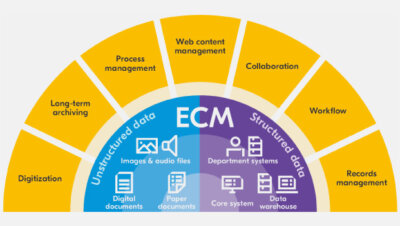Transforming Corporate SPM
New Technology Impact In the modern business landscape, strategic planning and monitoring have become vital pillars of success for corporate and senior top management. As organizations navigate complex market dynamics, emerging technologies are reshaping the way strategic planning and monitoring software products are designed, deployed, and utilized. This blog explores the profound influence of new
- Published in Basics Info
BI – Dashboards and Scorecards
In today’s data-driven world, businesses rely heavily on accurate and actionable insights to make informed decisions. Business Intelligence (BI) plays a crucial role in transforming raw data into meaningful information. Among the various tools and techniques within BI, dashboards and scorecards stand out as powerful visualization tools that provide at-a-glance insights. In this blog, we
- Published in Basics Info
Insurtech: Revolutionizing the Insurance Industry
The emergence of technology has led to transformative changes in various industries, and the insurance sector is no exception. Insurtech, a combination of “insurance” and “technology,” refers to the innovative use of technology to enhance and revolutionize the insurance industry. In this article, we will explore the definition of insurtech, key factors driving its growth
- Published in Basics Info
Strategic planning plays a pivotal role in the success of any organization. It provides a roadmap for achieving long-term objectives, adapting to market dynamics, and staying ahead of the competition. To excel in strategic planning, it is crucial to employ the right techniques. In this article, we will explore the most important technique tips for
- Published in Basics Info
BPM vs RPA
RPA (Robotic Process Automation) tools and BPM (Business Process Management) tools are both used to improve operational efficiency and automate business processes, but they have distinct differences in their approach and functionality: 1. Scope: RPA tools primarily focus on automating repetitive and rule-based tasks by mimicking human actions and interactions with software applications. RPA is
- Published in Basics Info
SIS .. Outlook and new Tech usage
Introduction: The educational student information software industry is undergoing rapid transformation, driven by technological advancements and the changing needs of educational institutions. In this blog, we delve into the outlook, predictions, emerging trends, and innovative developments shaping the educational student information software industry. Internet of Things (IoT) for Smart Learning Environments: IoT devices are transforming
- Published in Basics Info
What is ECM?
“Enterprise Content Management” or “ECM” is a set of strategies, methods, and tools that enable an organization to manage the entire lifecycle of its content. ECM encompasses the capture, storage, organization, retrieval, and use of content and documents, regardless of the format or structure of the content. ECM solutions can be used to improve efficiency
- Published in Basics Info
Intranet and Extranet Portals
Intranets and extranets are web-based applications that provide employees and partners with access to information and services. They can be used to improve communication, collaboration, and productivity. Intranet portals are typically used by employees to access company information, such as policies, procedures, and employee directories. They can also be used to provide employees with access
- Published in Basics Info
Features of Student Information Software
⏵Key Features and Functionality of Educational Student Information Software: 1. Student Records Management: Centralized storage of student information, including personal details, emergency contacts, and demographic data. Ability to track and manage student enrollment, transfers, and withdrawals. Storage and retrieval of historical student records, such as academic transcripts and disciplinary records. 2. Attendance Tracking: Easy recording
- Published in Basics Info










